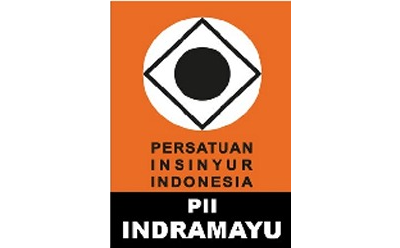AUDIT ENERGI PADA BANGUNAN GEDUNG – STUDI KASUS PADA GEDUNG PERKANTORAN
Abstract
Full Text:
PDFReferences
R.B., Emilia dan R.P., Maria, (2021) Integrating SDGs in Inveromental Assessment: Unfolding SDG functions in Emerging Practices, Enviromental Impact Assesment Review Journal, vol. 90.
W. G., Santika, M., Anisuzzaman, Y., Simsek, P.A., Bahri, G, Shafiullah, dan T., Urmee, (2020), Implications of the Sustainable Development Goals on national energy demand: The case of Indonesia. Energy, vol. 196.
MEMR, (2021), Handbook of Energy & Economic Statistics of Indonesia 2020 Jakarta: Ministry of Energy and Mineral Resources.
S., Backlund dan P., Thollander, (2015) Impact after three years of the Swedish energy audit program. Energy.
F., Tobias, dan R., Ployplearn, (2012), Adoption of Energy-Efficiency Measures in SMEs – An Emprcal Analysis Based On Energy Audit Data From Germany, energy Policy, Vol. 51
K., Anna, L., Kristaps dan B., Dagnija, (2020), Analysis of The Results of National Energy Audit Program in Latvia, Energy.
T., Albert, N., Terry dan J.Y., William, (2012), Handbook of Energy Audits 9th Editions, USA: The Fairmont Press.
Hu, Ming, (2021), 2019 Energy Benchmarking Data for LEED-Certified Building in Washington, D.C.: Simulation and Reality, Journal of Building Engineering.
B2TKE-BPPT, (2020), Laporan Akhir Benchmarking Specific Energy Consumtion di Bangunan Komersial.
Elias, A., Magnus K., Patri T., Svetlana P., (2018), Energy End-Use and Efficiency Potentials Among Swedish Industrial Small and Medium-Sized Enterprises – A Dataset Analysis From the National Energy Audit Program, Renewable and Sustainable Energy.
Nur, N.A.B., Mohammad, Y.H., Hayati, A., Hasimah, A. R., Md Pauzi, A., Faridah, H., Masilah, B., (2018) Energy Efficiency Index As an Indicator for Measuring Building Energy Performance: A Review, Renewable and Sustainable Energy Reviews.
Ramdan, M. A., (2016), Analisis Kualitas Daya Di Museum Pendidikan Nasional Indonesia, Universitas Pendidkan Indonesia.
IEEE Standards Association. (2014). IEEE Recommended Practice and Requirements for Harmonic Control in Electric Power Systems. New York: IEEE Press.
Badan Standarisasi Nasional (2020), SNI 6389:2020 – Konservasi Energi Selubung Bangunan pada Bangunan Gedung, Badan Standarisasi Nasional: Jakarta
Badan Standarisasi Nasional (2020), SNI 6197:2020 – Konservasi Energi pada Sistem Pencahayaan, Badan Standarisasi Nasional: Jakarta
Badan Standarisasi Nasional (2020), SNI 6390:2020 – Konservasi Energi Sistem Tata Udara pada Bangunan Gedung, Badan Standarisasi Nasional: Jakarta
DOI: https://doi.org/10.31884/jtt.v9i1.391
Refbacks
- There are currently no refbacks.
Copyright (c) 2023 JTT (Jurnal Teknologi Terapan)

This work is licensed under a Creative Commons Attribution-NonCommercial-NoDerivatives 4.0 International License.
 Creative Common Attribution-ShareAlike 4.0 International (CC BY-SA 4.0)
Creative Common Attribution-ShareAlike 4.0 International (CC BY-SA 4.0)













